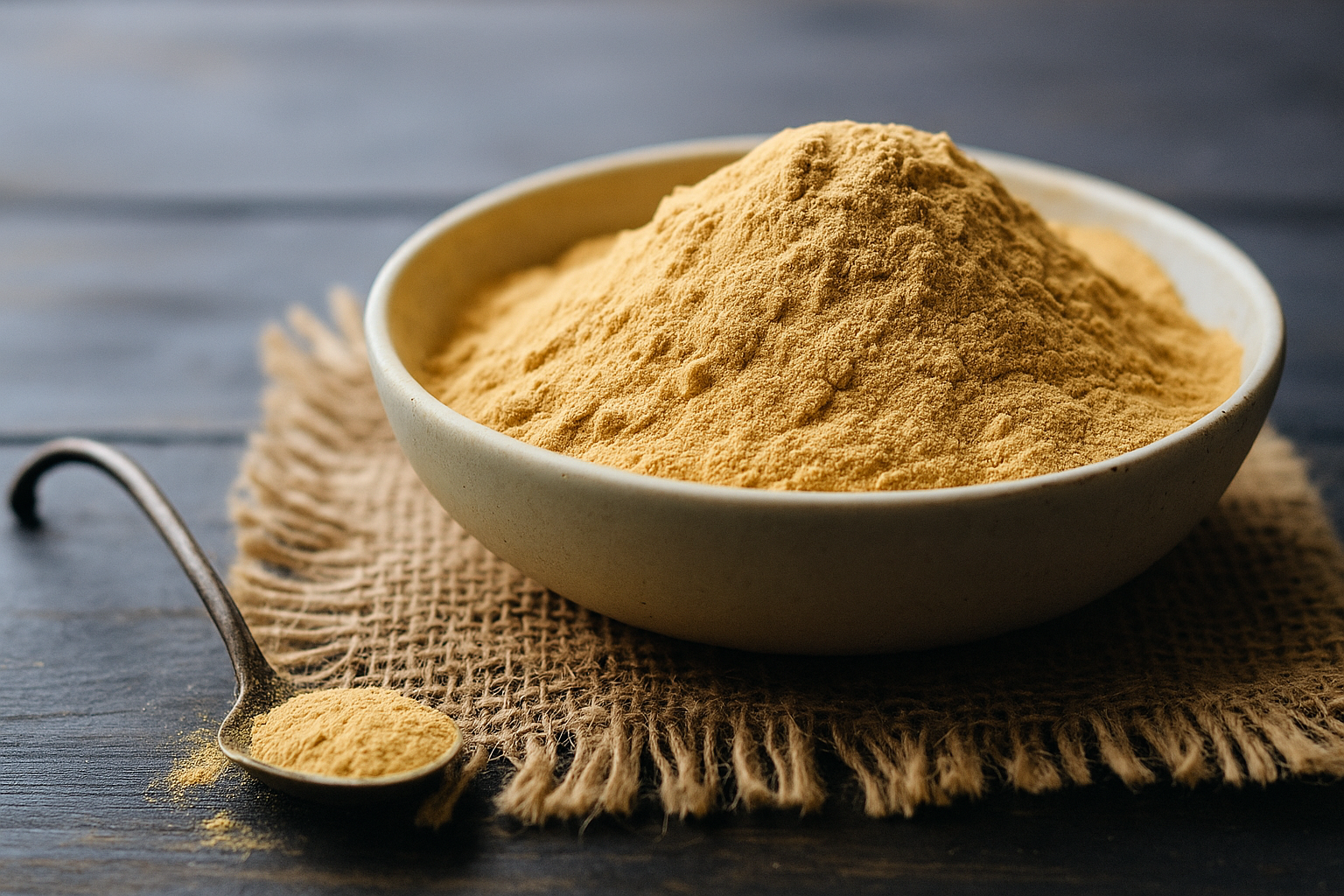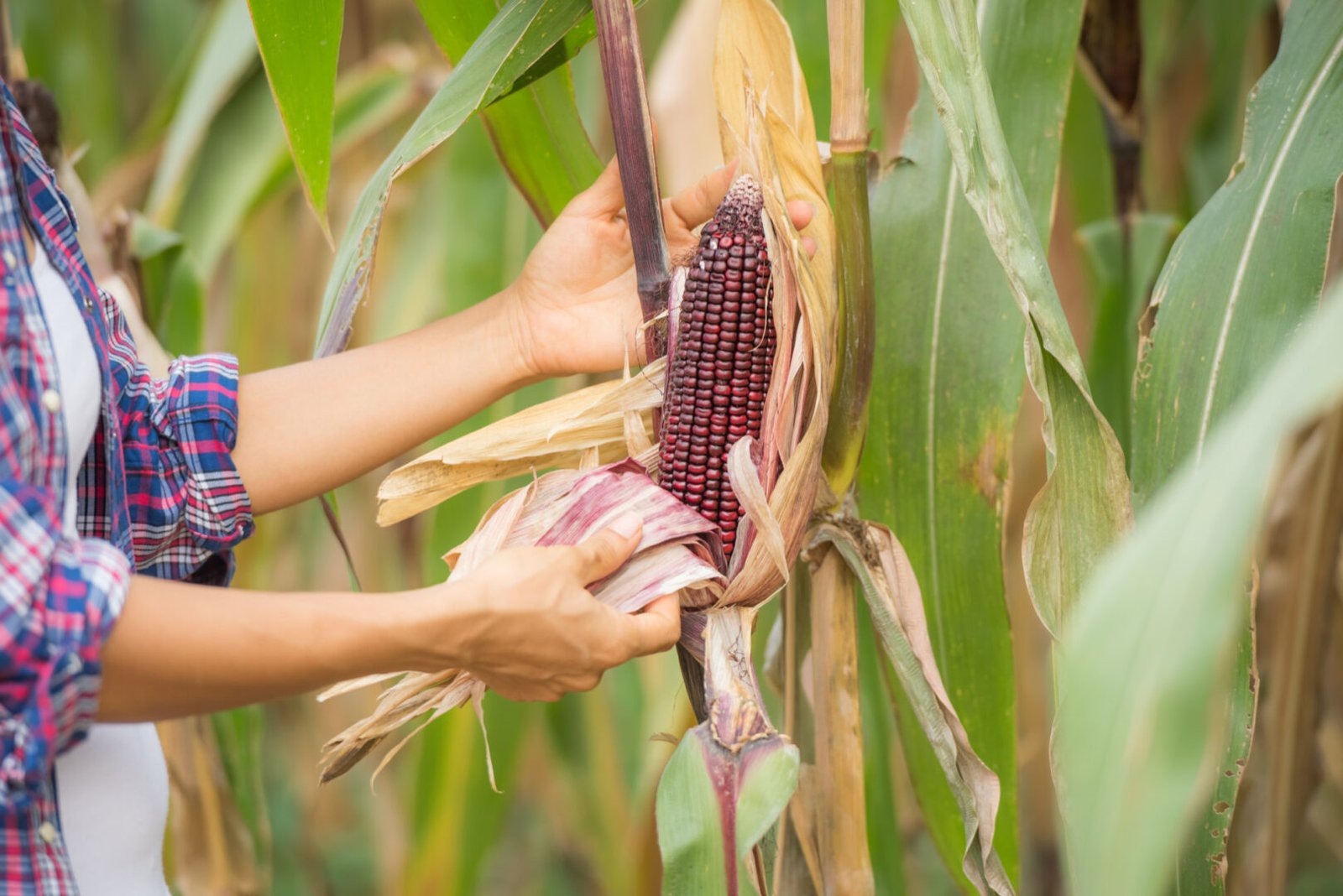One Fruit, Two Critical Health Benefits
In today’s fast-paced world, where chronic diseases like diabetes and fatty liver are on the rise, the demand for natural, food-based solutions is stronger than ever. But what if we told you that one humble fruit might offer double the benefits—helping both regulate blood sugar and detoxify your liver? It’s not an exotic superfood or a rare botanical. It’s a fruit you’ve probably walked past in your local grocery store dozens of times.
Let’s explore the powerful, science-backed benefits of papaya—the tropical fruit that’s gaining recognition as a dual-action health ally.
What Makes Papaya So Special?
Papaya is packed with essential micronutrients, antioxidants, and natural enzymes that not only support digestion but also contribute to blood sugar regulation and liver detoxification.
Nutritional Profile (per 100g of ripe papaya):
| Nutrient | Amount |
|---|---|
| Calories | 43 kcal |
| Carbohydrates | 10.8 g |
| Sugars | 7.8 g |
| Fiber | 1.7 g |
| Vitamin C | 60.9 mg (68% DV) |
| Folate | 37 mcg |
| Potassium | 182 mg |
| Beta-Carotene | 274 μg |
Notes:
- Caloric Content: The calorie count varies slightly between sources, ranging from 39 to 43 kcal per 100g.
- Carbohydrates and Sugars: Carbohydrate content is consistent, with sugars comprising a significant portion.
- Fiber: Papaya provides a modest amount of dietary fiber, beneficial for digestive health.
- Vitamins and Minerals: Papaya is an excellent source of vitamin C and a good source of folate and potassium.
- Beta-Carotene: As a precursor to vitamin A, beta-carotene contributes to papaya’s antioxidant properties.
How Papaya Supports Diabetes Management
1. Low Glycemic Index (GI)
Papaya has a moderate glycemic index of around 60, which means it causes a gradual increase in blood sugar levels rather than a sharp spike. Thanks to its high fiber and water content, it can be safely consumed in moderation by individuals with type 2 diabetes. Eating papaya with a source of protein or healthy fat can further help stabilize glucose response.
2. Rich in Antioxidants
Papaya is naturally rich in antioxidants that play a crucial role in managing diabetes and preventing complications. Key compounds include:
- Vitamin C – Helps reduce inflammation and oxidative stress.
- Beta-carotene – A precursor to vitamin A with protective effects on cells.
- Flavonoids – Plant compounds that support blood vessel health and insulin function.
These antioxidants help combat oxidative stress, a major driver of insulin resistance and long-term diabetic complications such as neuropathy and cardiovascular disease.
3. Potential to Improve Insulin Sensitivity
Emerging research suggests that papaya extracts—especially from leaves or unripe fruit—may enhance insulin sensitivity. A 2022 animal study published in Pharmaceutical Biology demonstrated that Carica papaya leaf extract improved insulin signaling in diabetic rats by upregulating insulin receptor (IR) and GLUT4 pathways in muscle tissues.
Although human trials are still limited, these findings offer promising insight into papaya’s potential role in blood sugar regulation.
How Papaya Cleanses and Protects the Liver
1. Aids Digestive Function and Reduces Liver Workload
Papaya contains papain, a proteolytic enzyme that assists in breaking down proteins into smaller peptides and amino acids. By enhancing protein digestion, papain reduces the digestive burden on the liver, allowing it to focus more on detoxification processes.
2. Mitigates Fat Accumulation in the Liver
Research indicates that papaya consumption can attenuate non-alcoholic fatty liver disease (NAFLD) by reducing oxidative stress, inflammation, and the expression of lipogenic genes. In a study involving obese rats, papaya intake led to decreased hepatic fat accumulation and improved liver histology.
3. Supports Liver Detoxification Pathways
Papaya is rich in vitamin C and folate, nutrients essential for liver detoxification. Vitamin C acts as an antioxidant, neutralizing free radicals, while folate is vital for methylation processes that facilitate toxin elimination. Regular consumption of papaya can thus support the liver’s natural detoxification mechanisms.
Trending Research and Insights
According to the World Journal of Hepatology (2020), diets high in antioxidants and fiber have been linked to reduced risk of non-alcoholic fatty liver disease (NAFLD). Papaya fits that profile perfectly.
Moreover, the American Diabetes Association recommends fruits like papaya in moderation due to their high fiber-to-sugar ratio, which supports blood glucose stability.
How to Incorporate Papaya Into Your Diet
- Eat it fresh in the morning or as a snack.
- Blend into smoothies with Greek yogurt and chia seeds.

- Toss into salads with lime juice and mint.
- Use green papaya (unripe) in savory dishes like Thai salads.
Pro Tip: Always consult with a registered dietitian or healthcare provider before making major changes to your diabetic or liver care diet.
Key Takeaways
Papaya is a low-calorie fruit with moderate sugar, making it diabetic-friendly.
Its rich antioxidant profile helps combat inflammation and oxidative stress.
Supports liver detox by enhancing enzyme function and reducing fat buildup.
Easy to include in your diet, versatile in both sweet and savory dishes.
Nature’s Medicine, Hiding in Plain Sight
In a world full of costly supplements and superfood fads, papaya stands out as an accessible, affordable, and evidence-backed choice for those managing diabetes and supporting liver health. Whether you’re looking to stabilize your blood sugar or boost your body’s natural detox systems, this tropical fruit may be the wellness ally you didn’t know you needed.


